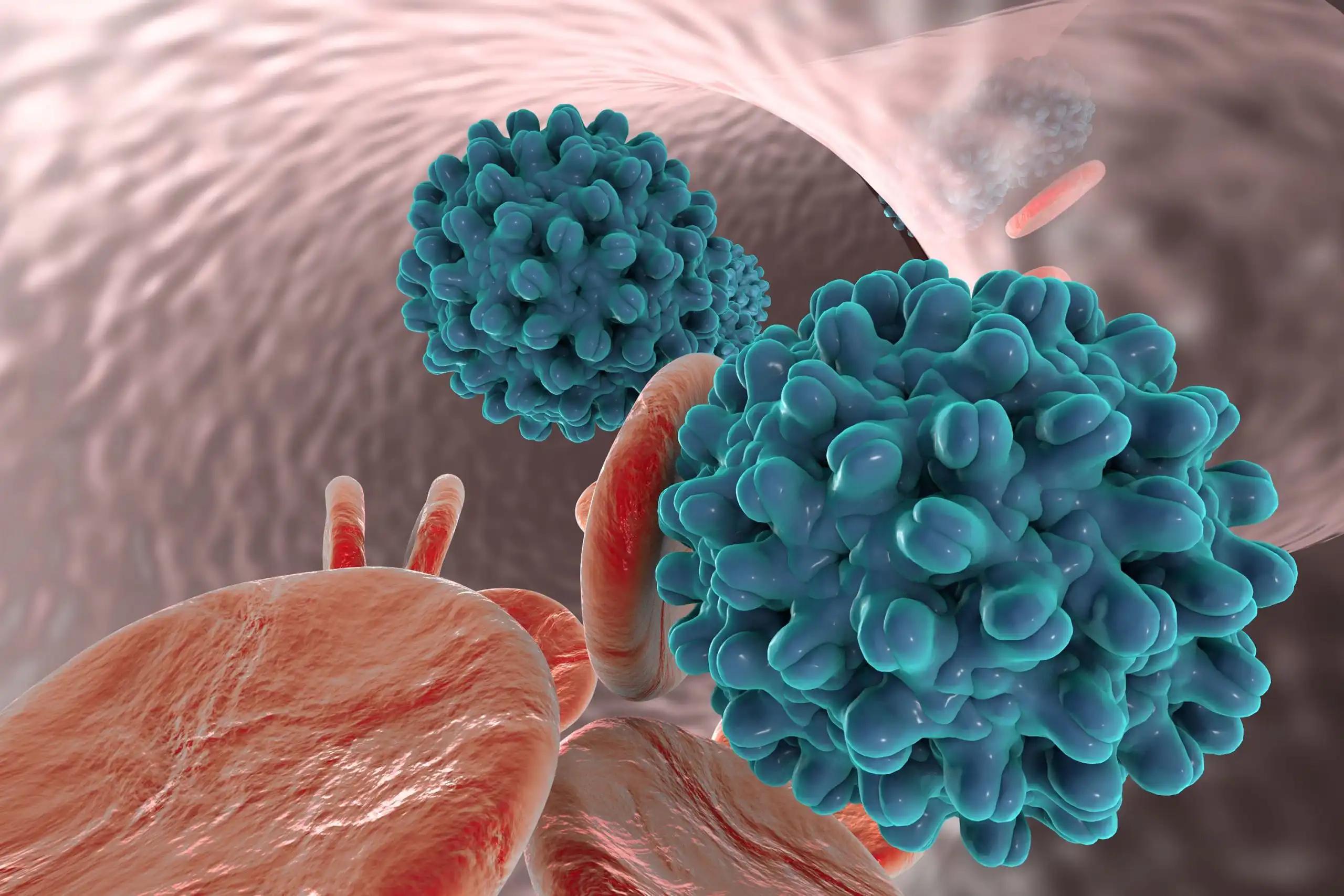KEY TAKEAWAYS
- The study aimed to employ a proficient cGAN to tackle unpaired data concerns in BC radiogenomic analysis, predicting mutation status.
- The results demonstrated cGAN’s efficacy in producing synthetic BC MRIs for predicting mutations and classifying subtypes, enhancing data availability.
Breast Cancer (BC) presents significant heterogeneity and complexity, necessitating personalized treatment strategies incorporating multi-omic data and phenotypic diversity. Radiogenomics seeks to integrate medical imaging with genomic information but faces obstacles with unpaired data, including imaging, genomic, or clinical outcomes.
Zi Huai Huang and the team spearheaded a study that aimed to employ a proficiently trained conditional generative adversarial network (cGAN) to overcome unpaired data challenges in BC radiogenomic analysis.
The study integrated paired MRI data with multi-omic profiles (mRNA gene expression, DNA methylation, copy number variation) from 61 BC patients sourced from The Cancer Imaging Archive (TCIA) and The Cancer Genome Atlas (TCGA). Employing a Bayesian Tensor Factorization approach, the multi-omic data was factorized into 17 latent features for integration.
The cGAN model was trained using side-view patient MRIs and corresponding latent features to predict MRIs for patients lacking them. Model performance was assessed using the Fréchet Inception Distance (FID) metric. BC subtype and mutation status data were obtained from cBioPortal, focusing on 3 genes with the highest mutation frequency. A convolutional neural network (CNN) was trained using generated MRIs for mutation status prediction, with performance evaluated using receiver operating characteristic area under the curve (ROC-AUC) and precision-recall area under the curve(PR-AUC) metrics. CNN performance in subtype classification was assessed using precision, recall, and F1 score.
The results demonstrated that the FID of images generated by the well-trained cGAN model on the test set was 1.31. For TP53, PIK3CA, and CDH1 mutation prediction, the CNN achieved ROC-AUC values of 0.9508, 0.7515, and 0.8136, and PR-AUC values of 0.9009, 0.7184, and 0.5007, respectively. Multi-class subtype prediction achieved precision, recall, and F1 scores of 0.8444, 0.8435, and 0.8336, respectively.
The source code and related data for the implemented algorithms are available on the project’s GitHub repository.
The study concluded that cGAN is a valuable tool for generating synthetic BC MRIs, aiding mutation status prediction and subtype classification, thus enhancing BC heterogeneity characterization. Additionally, synthetic images offer the potential to augment MRI data and address data sharing and patient privacy concerns in future BC machine learning studies.
This work was supported in part by the Canada Research Chairs Tier II Program, the Canadian Institutes of Health Research, the Natural Sciences and Engineering Research Council of Canada, and Breast Cancer Canada.
Source: https://pubmed.ncbi.nlm.nih.gov/38429796/
Huang ZH, Chen L, Sun Y, et al. (2024). “Conditional generative adversarial network driven radiomic prediction of mutation status based on magnetic resonance imaging of breast cancer.” J Transl Med. 2024 Mar 2;22(1):226. doi: 10.1186/s12967-024-05018-9. PMID: 38429796; PMCID: PMC10908206.



